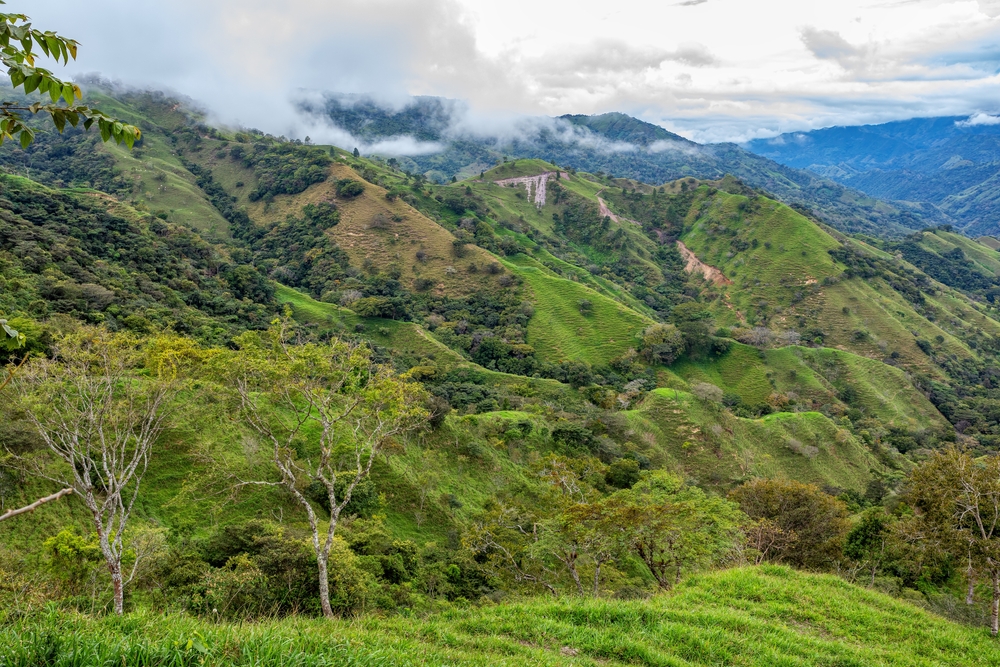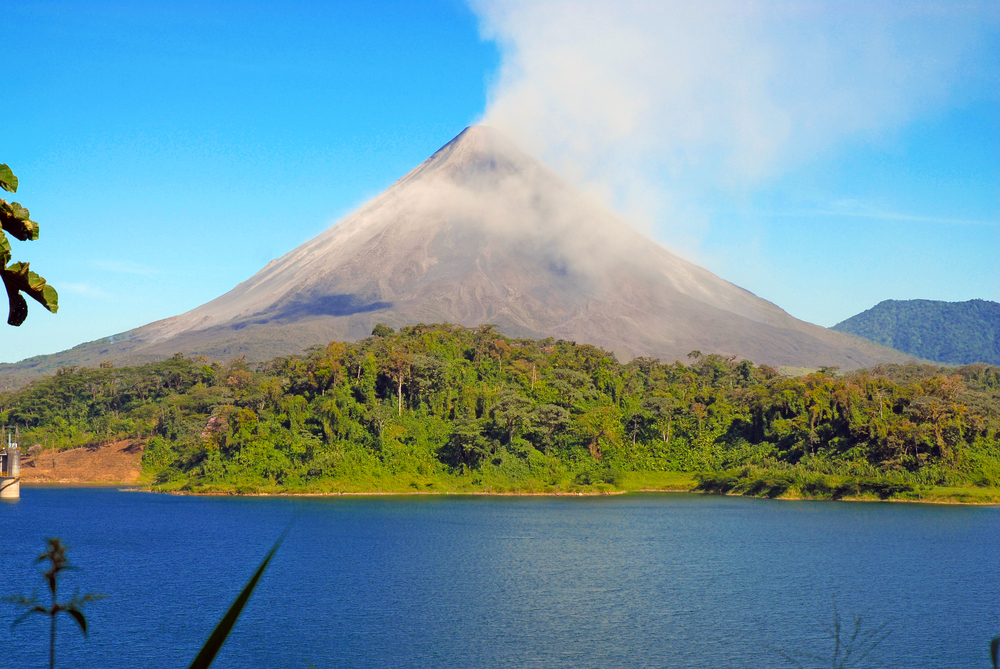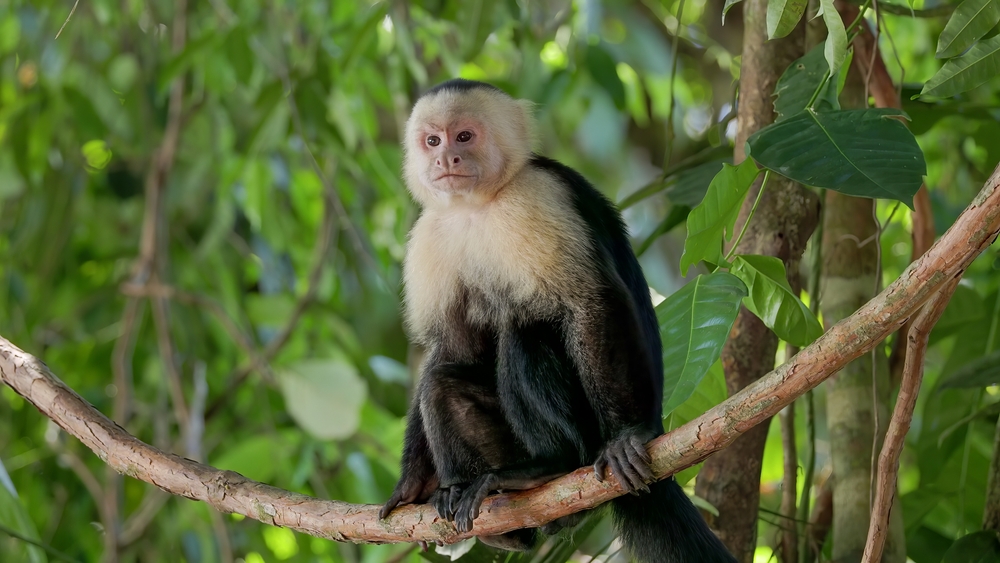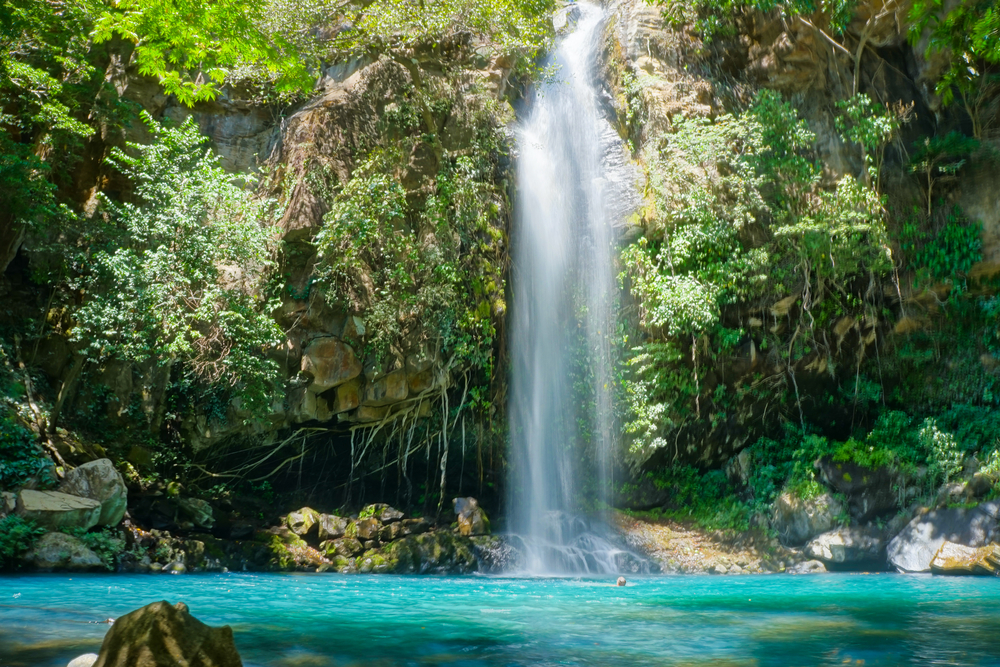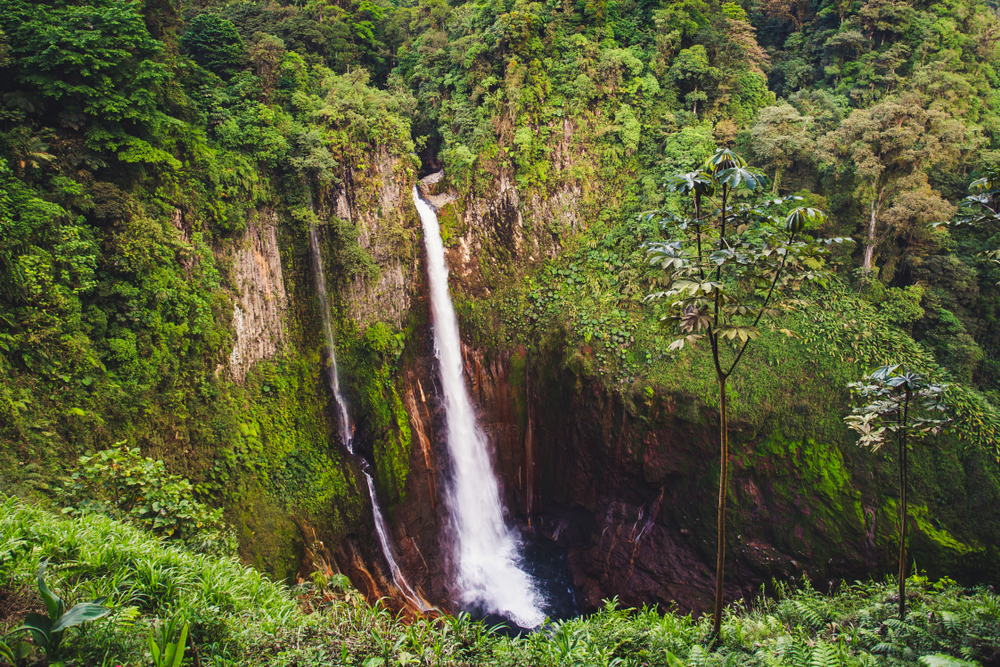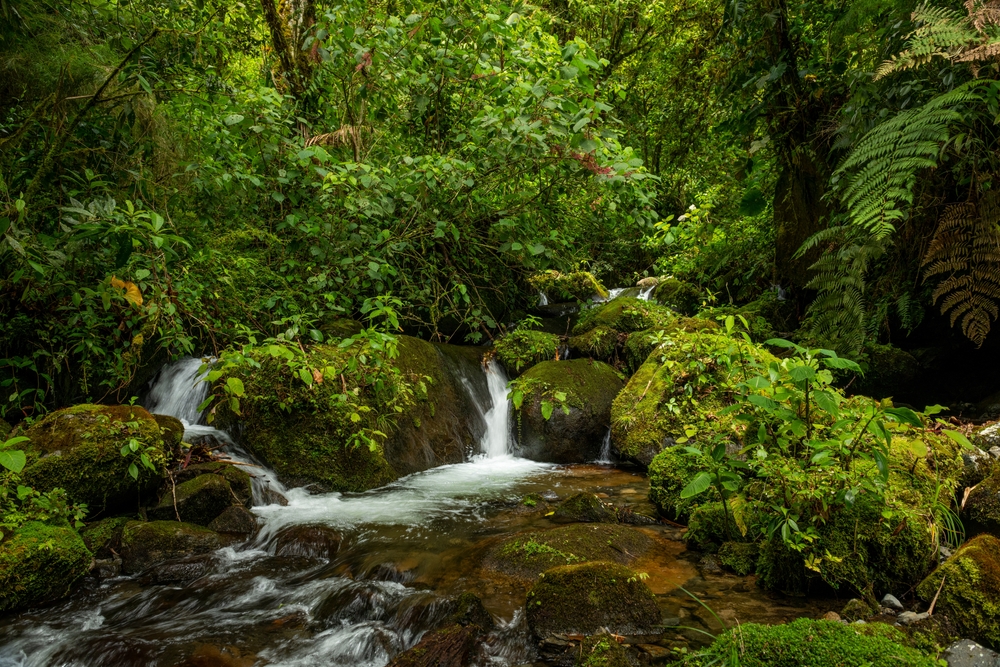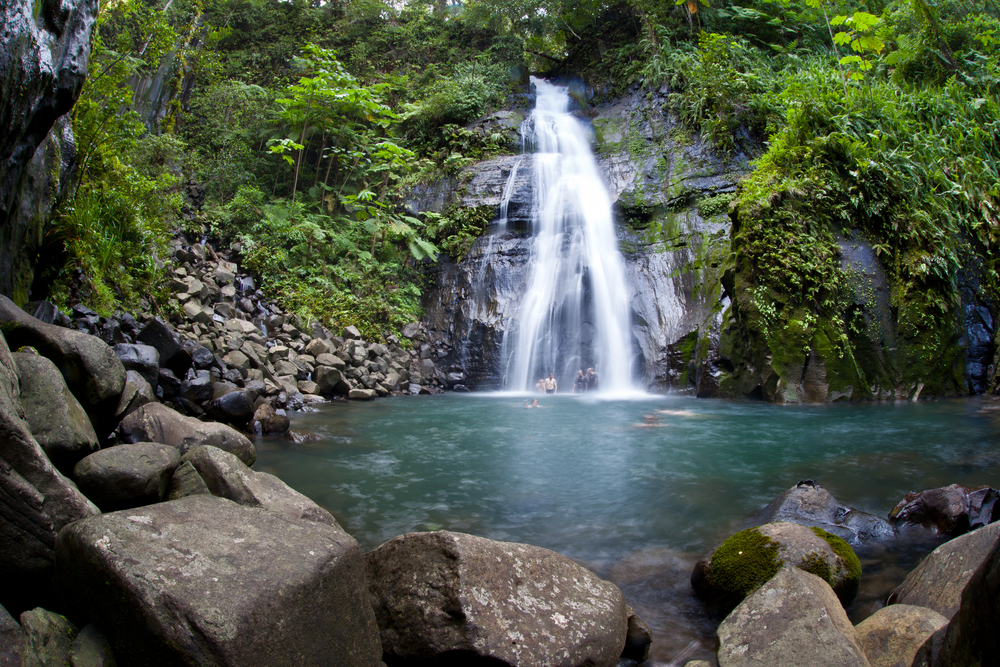Los Quetzales Overview
Los Quetzales National Park, known locally as Parque Nacional Los Quetzales, is a remarkable natural reserve spanning approximately 50 square miles (130 square kilometers) nestled in the highland regions of Costa Rica.
This protected area offers visitors a vivid glimpse into a diverse ecosystem where rugged terrain meets lush vegetation in a harmonious balance of natural beauty and ecological importance. The park is strategically located in a mountainous corridor that serves as a transition zone between tropical lowlands and alpine climates, making it a crucial habitat for many endemic species.
The terrain of Los Quetzales National Park is characterized by its steep, forested slopes, deep valleys, and meandering streams that converge into breathtaking waterfalls. Dominating the skyline is the majestic Cerro Quetzal, whose craggy peaks are frequently embraced by drifting clouds, creating an ever-changing tapestry of light and shadow.
Nearby, the vibrant Cascada Esmeralda tumbles over ancient rock formations into clear, serene pools, offering a natural retreat for hikers and nature enthusiasts. The park’s varied landscapes are adorned with dense, misty cloud forests, open meadows, and rocky outcrops that together contribute to an intricate mosaic of habitats. Wildlife in Los Quetzales National Park is abundant and diverse, making it a favored destination for biologists and bird watchers alike.
The park is named after the resplendent quetzal, a dazzling bird whose iridescent plumage is emblematic of the region’s rich biodiversity. Alongside the quetzal, visitors may encounter an array of vibrant bird species such as toucans and hummingbirds that fill the forest canopy with their colorful displays. Mammals such as the elusive puma, agile coati, and gentle white-tailed deer roam the undergrowth, while small primates and various rodent species add to the dynamic and lively atmosphere of the park.
Each animal contributes to a delicate ecological balance that the park’s management strives to protect. Popular features of the park include well-maintained trails that meander through the heart of the cloud forests and along the banks of rushing streams. Bird watching platforms and scenic viewpoints are thoughtfully positioned to allow unobstructed views of the surrounding landscapes, ensuring that visitors experience nature’s splendor up close.
The park also offers guided tours led by knowledgeable local rangers who share insights about the region’s cultural heritage, the importance of conservation, and the unique life forms that inhabit this protected sanctuary. Visitors to Los Quetzales National Park typically engage with the environment through hiking, bird watching, and educational nature walks.
The park’s infrastructure is designed to be both accessible and respectful of the natural landscape, with careful efforts to minimize human impact while providing enriching experiences. Despite facing challenges such as habitat fragmentation and the pressures of eco-tourism, conservation efforts have proven successful in promoting reforestation and environmental education programs.
These initiatives, led by dedicated local authorities and supported by community involvement, continue to secure the park’s future as a thriving haven for wildlife and a treasured destination for nature lovers. Ongoing research and community-based projects have further enriched the park’s conservation narrative, as local scientists, volunteers, and indigenous communities work together to restore natural habitats and educate the public on sustainable practices.








































































